EDGE OF SANITY (1989)
When Henry Jekyll's experiments with cocaine get out of control, he transforms into the hideous Jack Hyde.
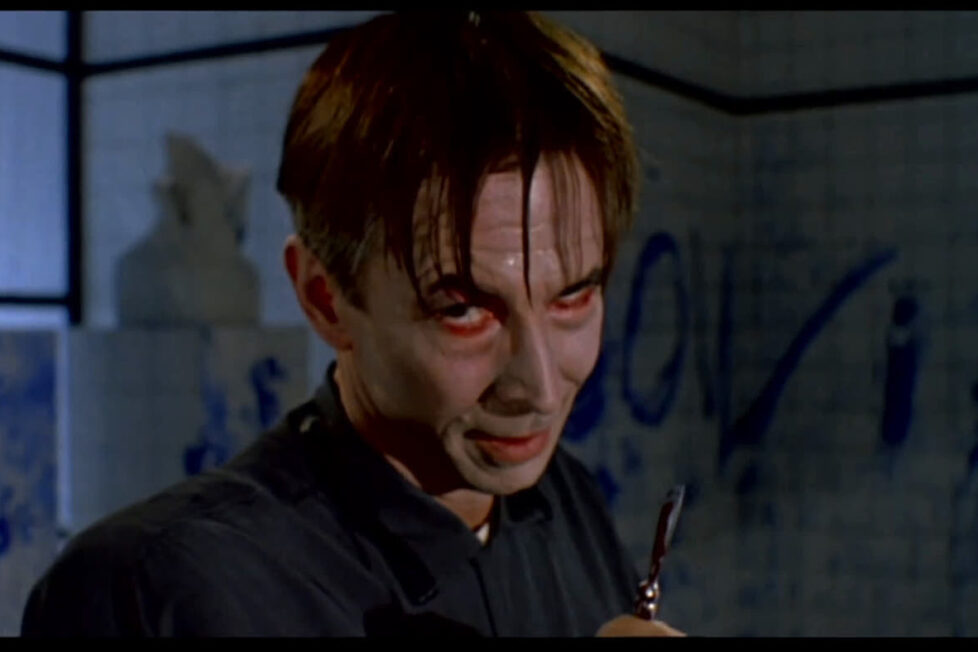
When Henry Jekyll's experiments with cocaine get out of control, he transforms into the hideous Jack Hyde.


One of the pleasures of digging into genre films from an era in which they were so abundant is reading a synopsis, or even looking at the poster, and being sold with just a few ludicrous words. A hefty crop of viewers were lured into renting a film involving ‘killer mall robots’ (Chopping Mall), and who wouldn’t be intrigued by ‘teenage dinosaur rampage’ (Tammy and the T-Rex)? Both promise something singular and simple: a delicious conceit around which a film, of sorts, might be strung. They don’t ask for much in return and audiences know what to expect.
In this grand tradition, Edge of Sanity sells itself with confidence and clarity as a film best described as ‘horny Jekyll & Hyde’. That phrase might not be written on the box art, but it might as well be! And if that doesn’t sound appealing to you, maybe ‘Anthony Perkins as Jack the Ripper’ will? Or how about ‘what if Ken Russell made Sherlock Holmes?’ Pick your poison.
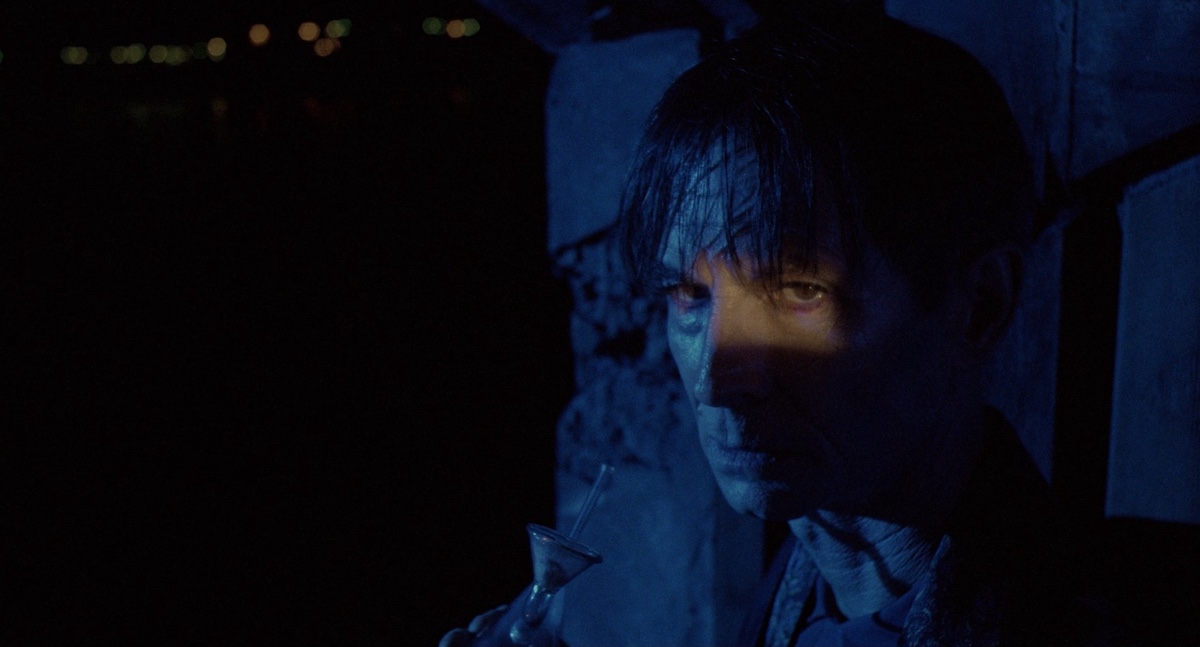
Arrow Video release this forgotten piece of anachronistic pulp to a faithful audience to whom most of the aforementioned descriptors will appeal. Adapted loosely from Robert Louis Stevenson’s acclaimed 1886 novel, Edge of Sanity is French director Gérard Kikoïne’s salacious reimagining of Strange Case of Dr Jekyll and Mr Hyde, with Anthony Perkins (Psycho) switching between the two roles. Kikoïne keeps the classic Victorian London setting but jettisons any inhibitions the source material might have held, opting instead for excess and indulgence. Jekyll may be the repressed side of a conflicted man, but Kikoïne has no such repression and the film benefits from it.
The opening sequence makes it clear Hyde is whom the film will affiliate itself: a barn, lit by never-ending and apocalyptic lightning, houses a sexual encounter witnessed by the sneaking young Jekyll, who’s quickly hung upside down and beaten by his father as punishment. The Gothic tone and psychosexual discomfort here is a theme Kikoïne plays more or less on repeat throughout the movie, to varying degrees of success.
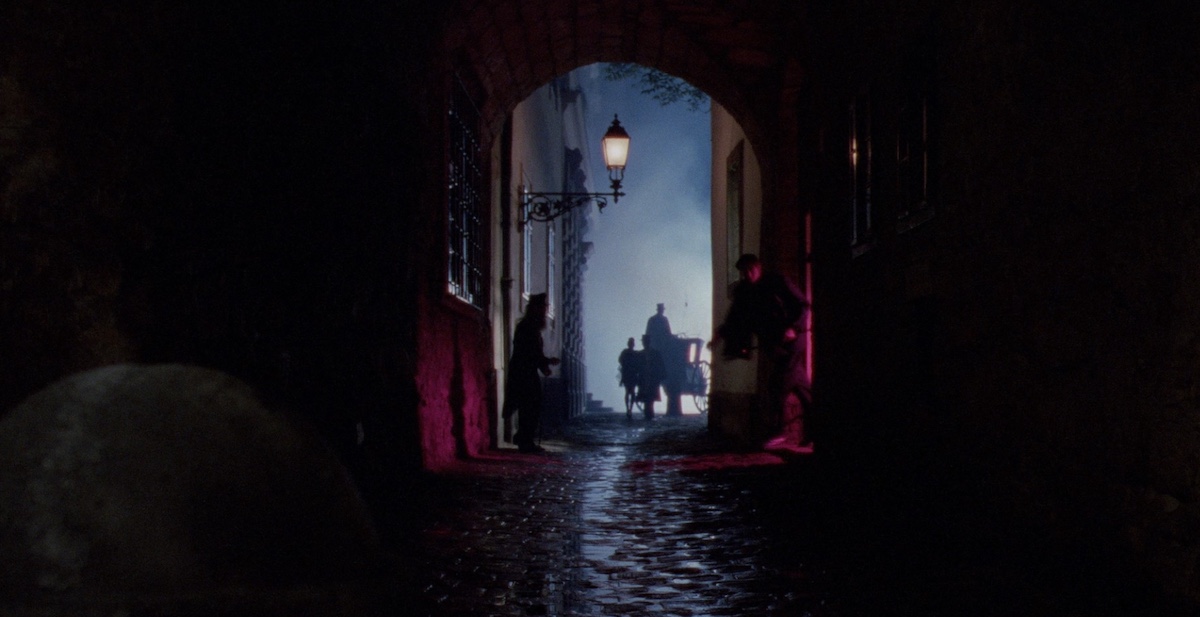
Now an adult, Dr Jekyll has nightmares about the encounter and wanders through the halls of his dusty London townhouse to shake them off. Here, the film shows off its surprisingly impressive set design and costuming. Frederic Talgorn’s fairy tale-esque score sweeps us through the home as Perkins shuffles through its smoky rooms, offering a dreamlike atmosphere of Gothic artifice. Kikoïne’s camera elegantly floats and follows Jekyll, who even in these early scenes moves like Count Orlock in Nosferatu (1922). He sniffs a new drug he’s invented, and this will be the key that unlocks his sadomasochistic and murderous side, Mr Hyde.
Before long, the brilliant surgeon ingests a lethal concoction of the drug and ether, and is unable to control his nocturnal counterpart. With strands of lank hair falling across his face (recalling the corrupted Peter Parker in Spider-Man 3) and a hefty layer of pale makeup and red eyeliner, Hyde lets loose Jekyll’s violent sexual desires and prowls the night for victims. Perkins gives proceedings more than a touch of the theatrical, with his naturally expressive face making a beautiful mask of malice. His jaw juts out and hangs lower, and he moves with his shoulders tight and his hands stiff and extended, making his transformation into das vampyre complete.
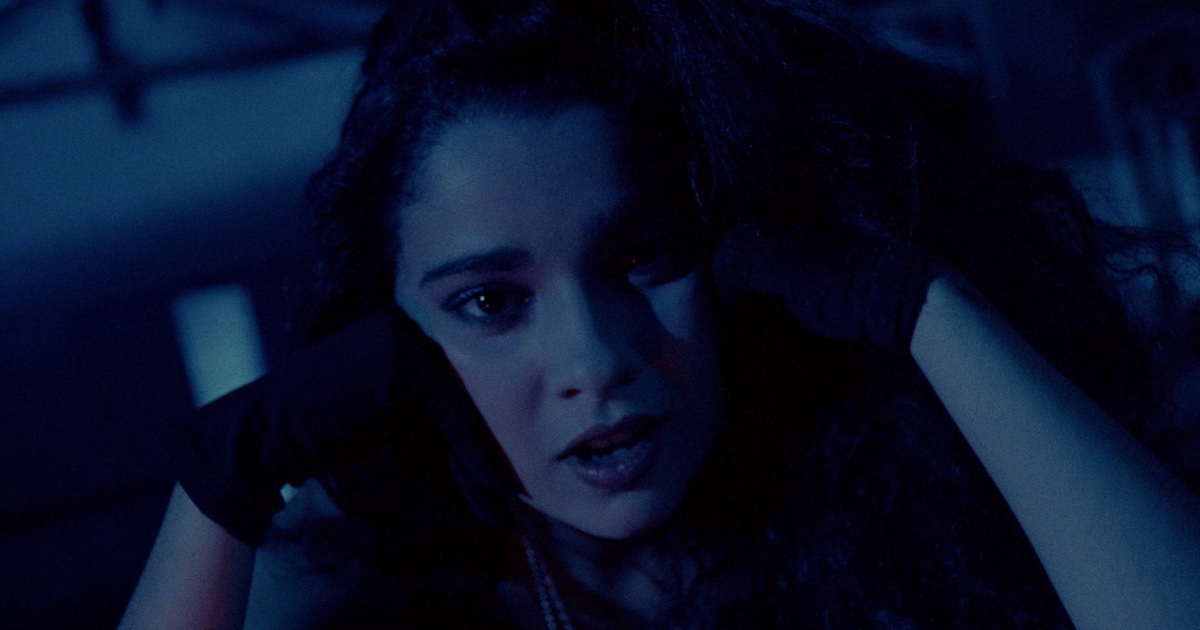
The film draws on his strengths as someone with deep internal conflict, a man who can be at once appealing and repulsive. Of course, there are hints towards his most famous murderous role, but more so than Norman Bates, he channels his earlier part as the easily titillated Bible-thumper Reverend Peter Shayne from Ken Russell’s Crimes of Passion (1984). The pleasure in watching him isn’t in his outright ability to creep you out, but in the struggle one can sense within him to try and hold that part of himself back. While that might not be there in the screenplay, it’s there in his performance, and sometimes that’s enough.
Soon, he’s picked up a sex worker and brought her to a cavernous building bathed in a strange blue light. Her anachronistic clothing—a studded belt reading ‘BOY’ and a sparkly cross earring—make her look as if she wandered off the set of a Madonna music video rather than Victorian London, but this grafting of 1980’s fashion onto Dickens’ City somehow works. There’s a touch of Ken Russell to it (particularly later, when a sex worker gets a customer off while wearing a Nun’s habit), with the slight seediness of a Jesus Franco picture. It’s not surprising to learn in the supplemental material that Kikoïne has an extensive filmography of erotica.
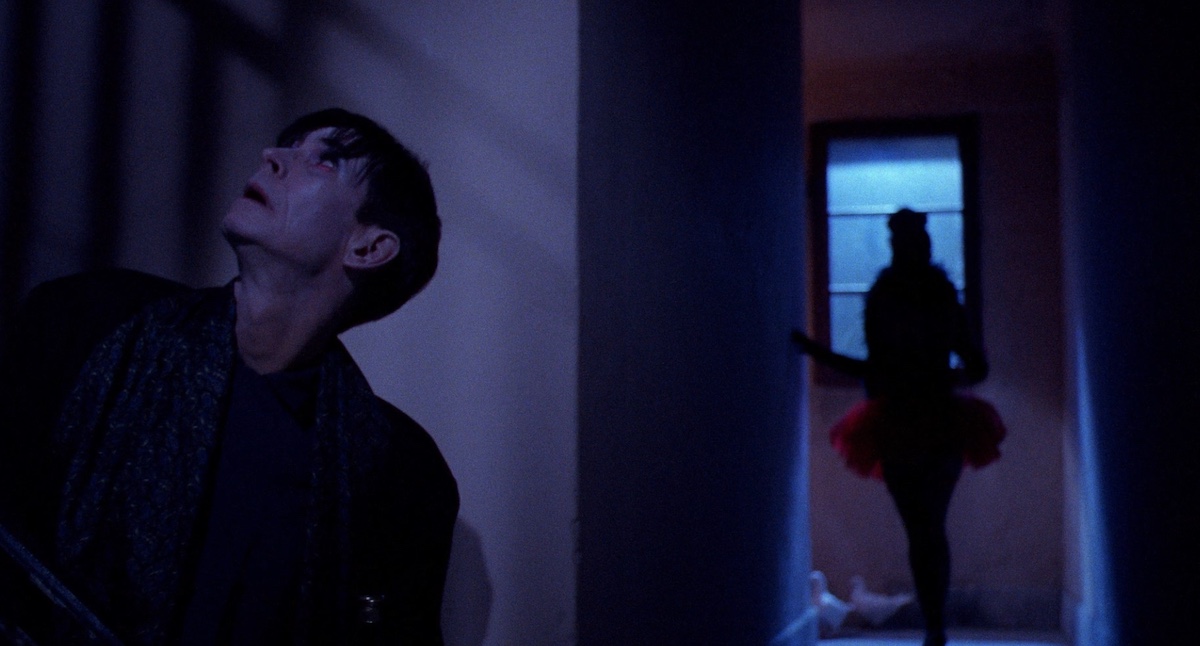
She’s to be the first of his many victims, in a set-piece of striking discomfort and emotional vulnerability. He begs her to make him pray, before asking her repeatedly “do you love me?” It’s Kikoïne’s perverse dedication to prolonging these scenes that give them their power. Take, for instance, a later scene in which a rooftop encounter with another sex worker is witnessed by a voyeur in a window. Hyde watches him as he watches them, instructing her not to stop. The pleasure, to him, is in the taboo. He thrives in discomfort. And what could generate more discomfort than having this scene last longer than it has any right to?
Hyde frequents a sordid club draped in brilliant red curtains which screams excess, and scouts victims there. He stumbles into a sex act set in religious tableaux, and while the surrealism of the scenes is striking, it can be hard to pick out just what point Kikoïne is making about it all. Clearly, the man is no prude. Rightfully, he feels proud of his filmography and, in the extras, talks about the love he put into each of them. But in Edge of Sanity, sex and death co-mingle, making both seem as dangerous as the other. Perhaps it was to suit the needs of the 1980s slasher audiences, or perhaps Kikoïne posits that it’s not sex but repression itself that leads to danger.
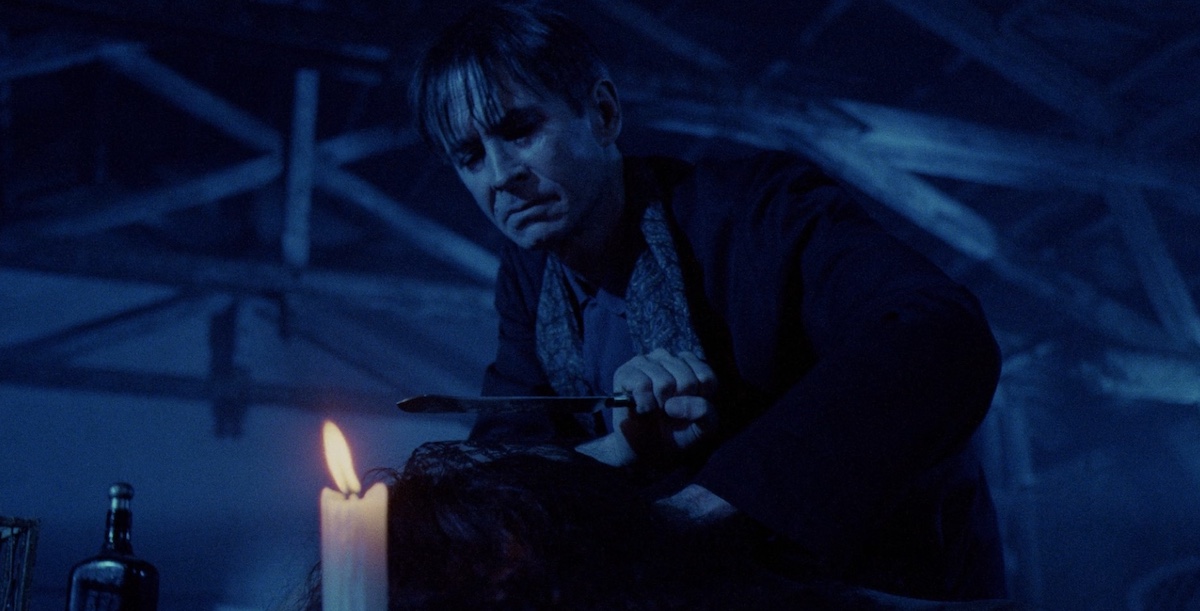
Throughout, there are brief exchanges about the rules of society and the expectations of a functioning member of it. But, just as Jekyll grows bored of his daylight activities, there’s a sense of tedium when we follow Jekyll, as if we’re waiting for the sun to go down and for chaos to resume. The supporting cast, including Glynis Barber as his wife, Elisabeth, are weakly drawn, and lack the tension needed to make Jekyll’s story feel like a true struggle between right and wrong. The film is eager to show a lot early on, and so the narrative has a plateauing effect. It doesn’t drop off, but it doesn’t tighten and intensify in the manner it should.
Kikoïne convinces us that being bad is more fun than being good, but with the endless row of sex workers who are given little characterisation, his film drifts slightly into tedium. It isn’t just these characters, but seemingly every character outside of Jekyll/Hyde that’s given short shrift. There simply isn’t much for Perkins to play against—besides himself—and given the fact that, 20-minutes in, he’s already claimed his first victim, there’s little anticipation to see the depths to which Jekyll will fall.
The depiction of sex workers, drug abuse, religion, and sadomasochism are all cursorily glanced at, playing something like a quasi-Peter Greenway film, albeit one that isn’t sure how to tackle the subjects it brings up. But perhaps, like Jekyll, we’re looking for pleasure in the wrong places. Maybe the joys of the film are purely on the surface, in the sweaty brow of Perkins, and the purple lights spilling onto cobblestoned streets. Kikoïne certainly gives Edge of Sanity enough of a personal stamp to make it a worthwhile curiosity of bad taste, and when taken in that manner, it can be quite a lot of fun letting Hyde in.
USA | 1989 | 85 MINUTES | 1.85:1 | COLOUR | ENGLISH

The 2K restoration from the camera negatives look excellent, keeping the film’s natural grain whilst highlighting its vivid, giallo-esque colour schemes. It’s a sharp image and this restoration makes the film look more expensive than it probably was! The stereo audio track is also solid, but it’s the look of the film that’s the disc’s main draw.

director: Gérard Kikoïne.
writers: J.P. Félix & Ron Raley (inspired by ‘Strange Case of Dr Jekyll and Mr Hyde’ by Robert Louis’ by Robert Louis Stephenson & Jack the Ripper).
starring: Anthony Perkins, Glynis Barber, David Lodge, Sarah Maur Thorp, Ben Cole, Jill Melford, Noel Coleman, Briony McRoberts, Harry Landis & Basil Hoskins.
